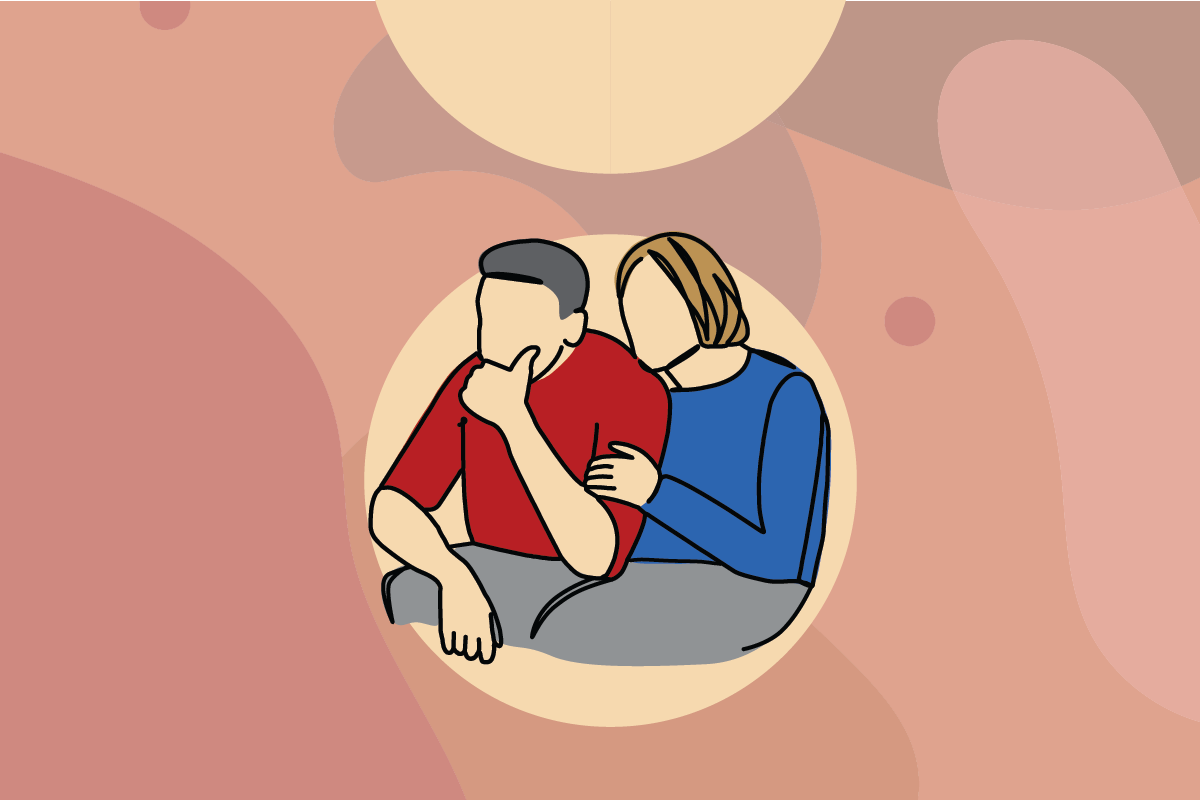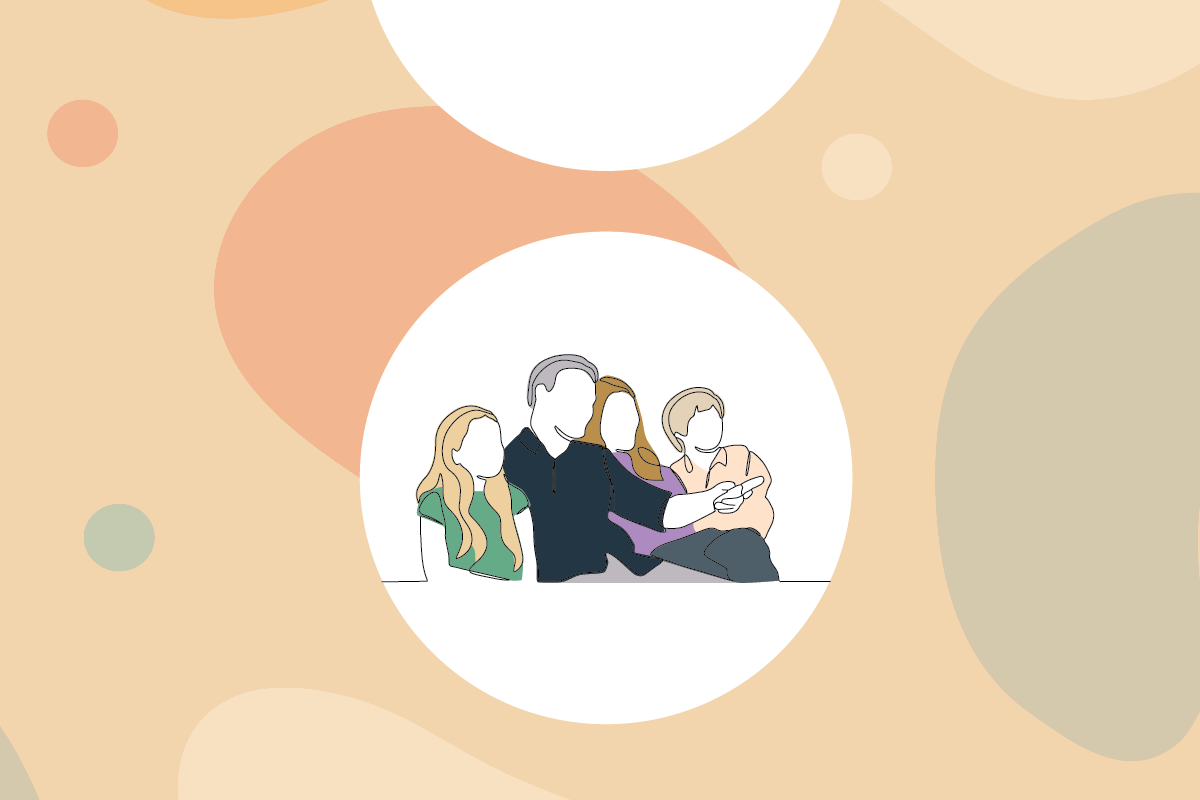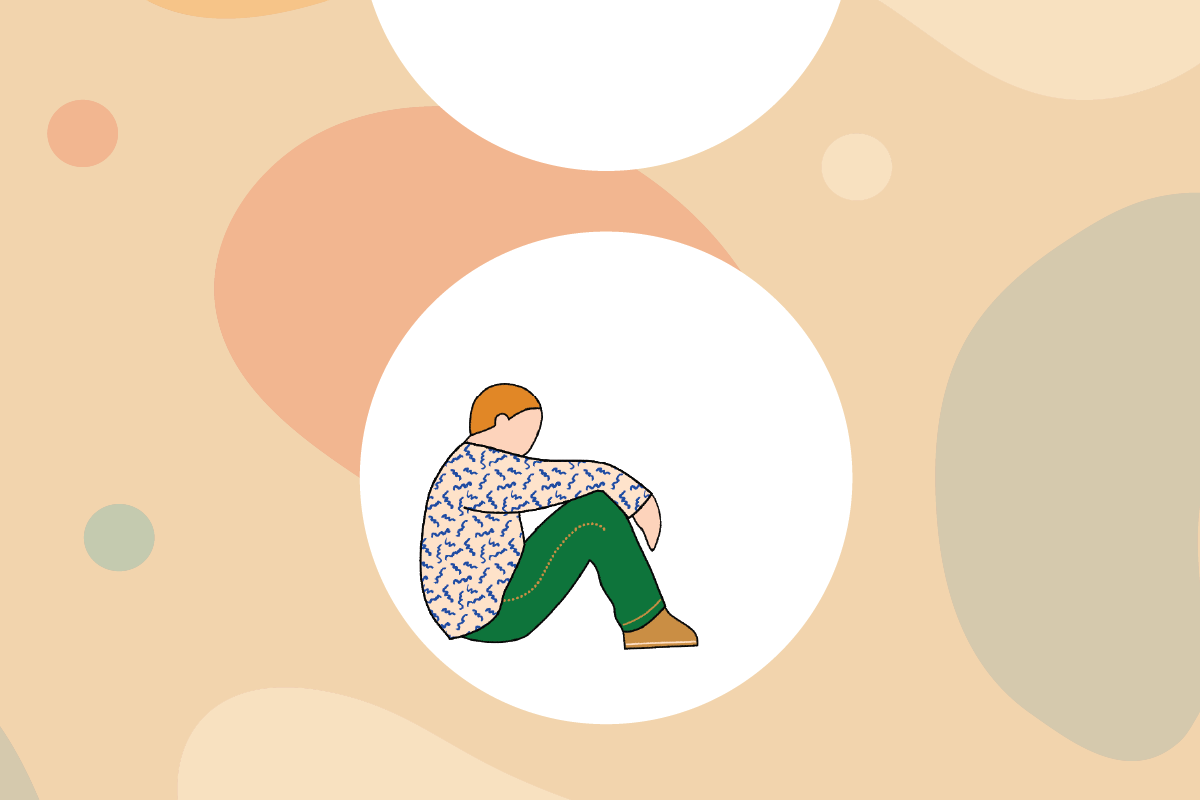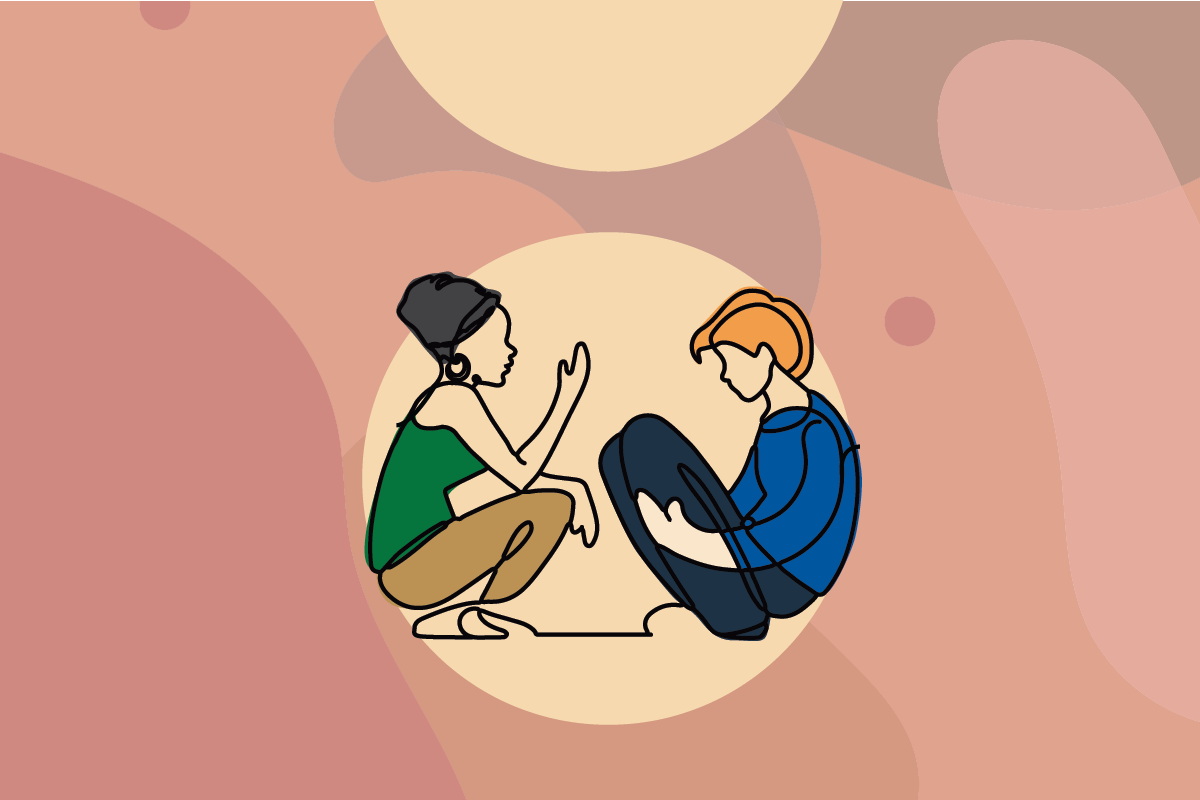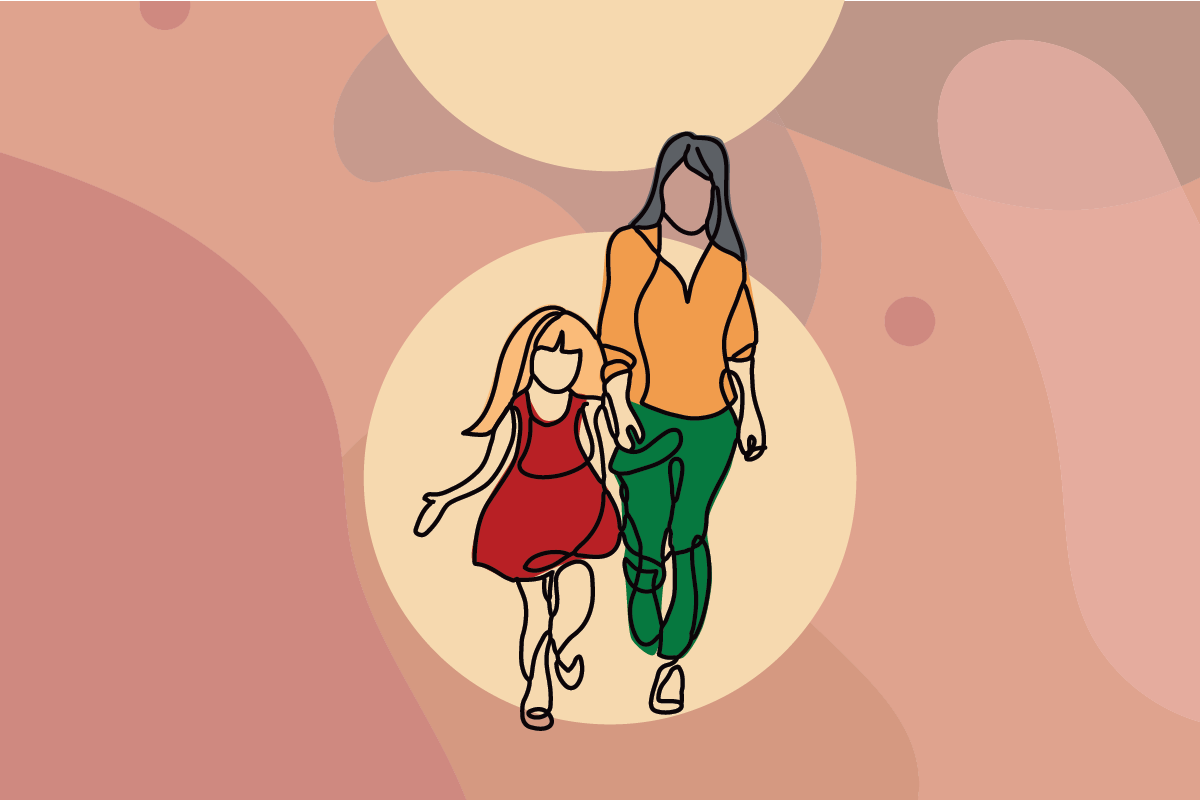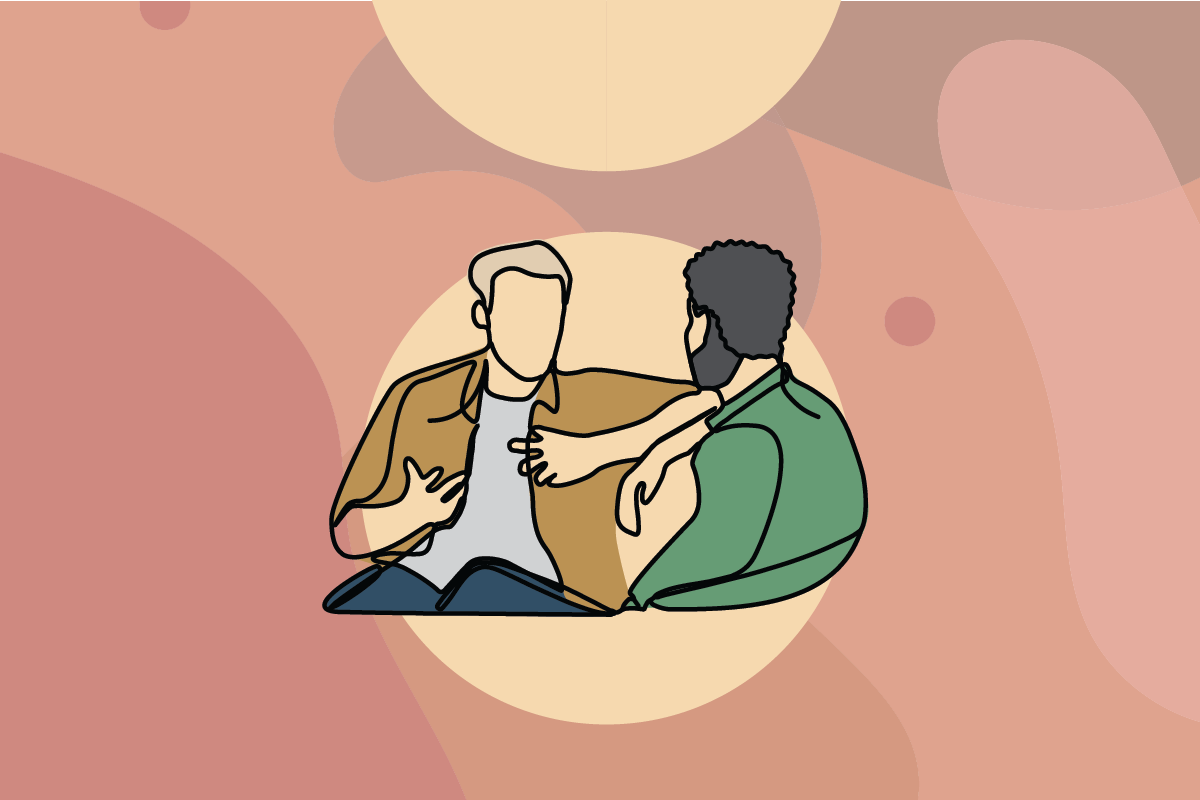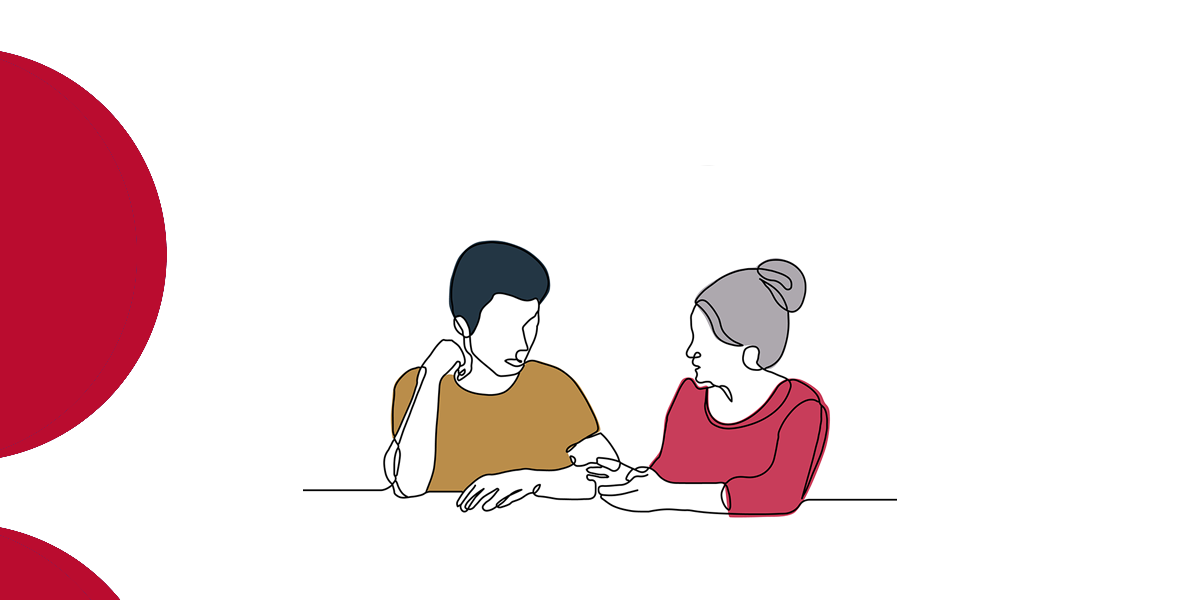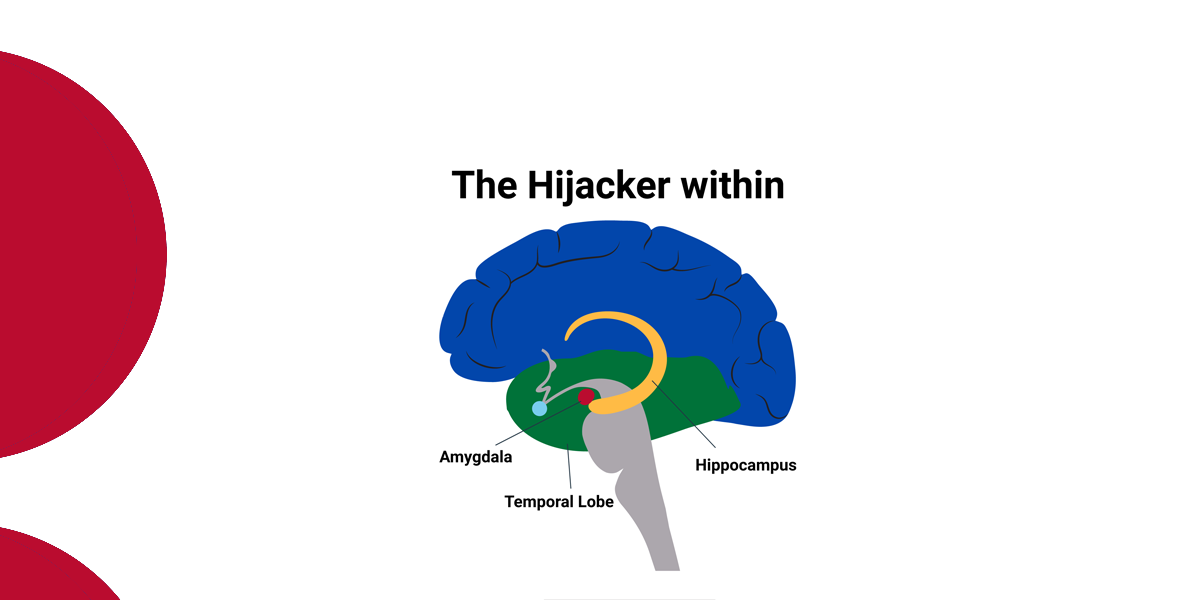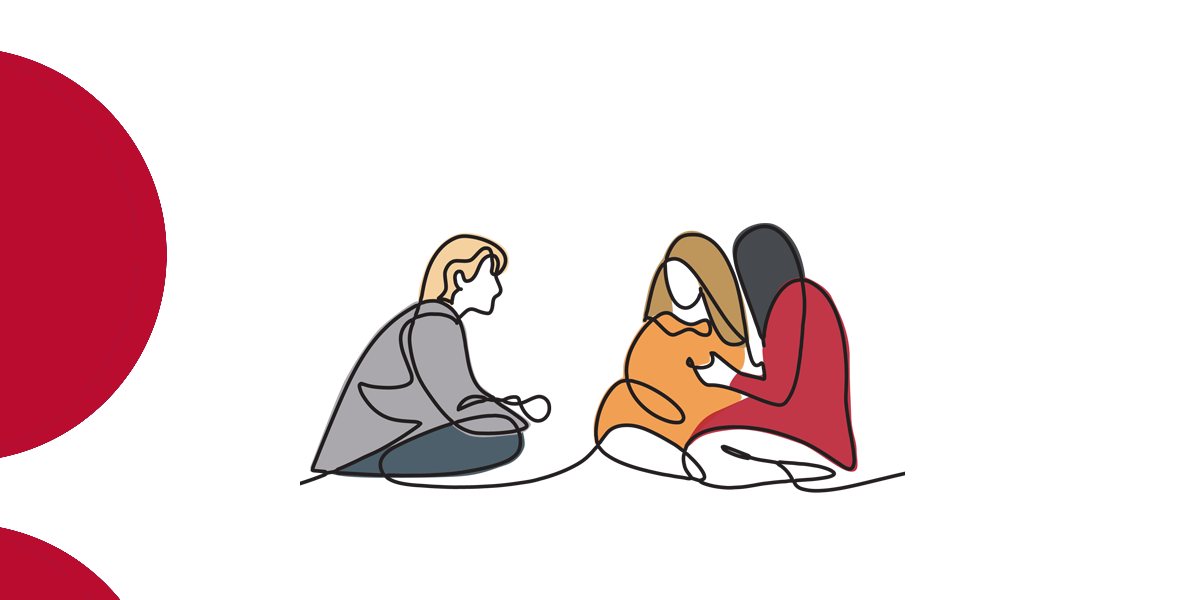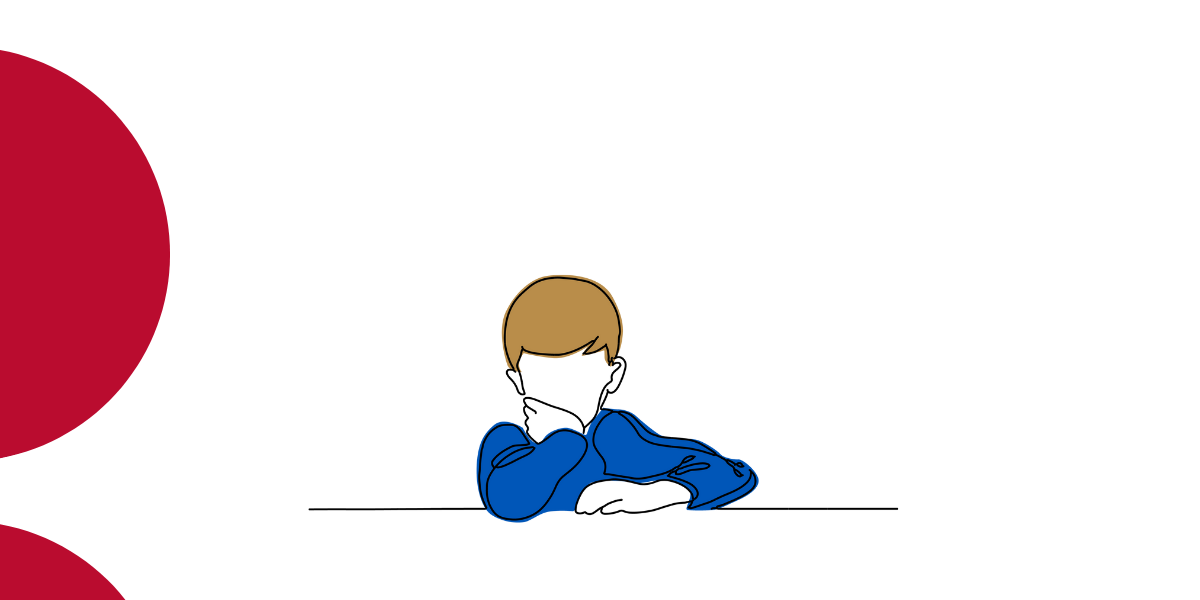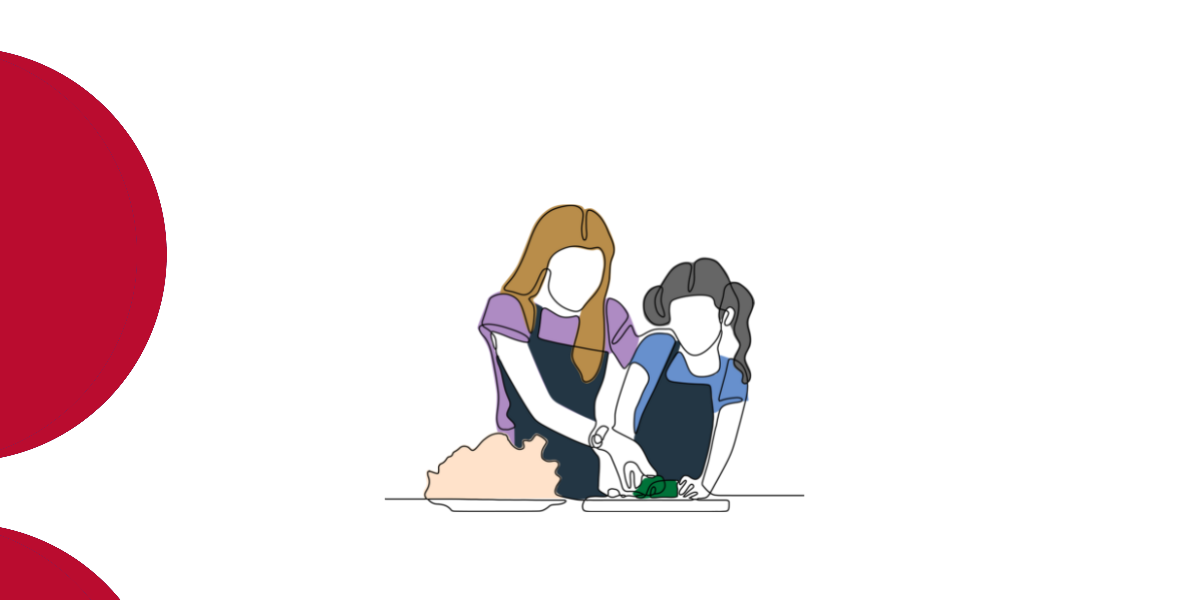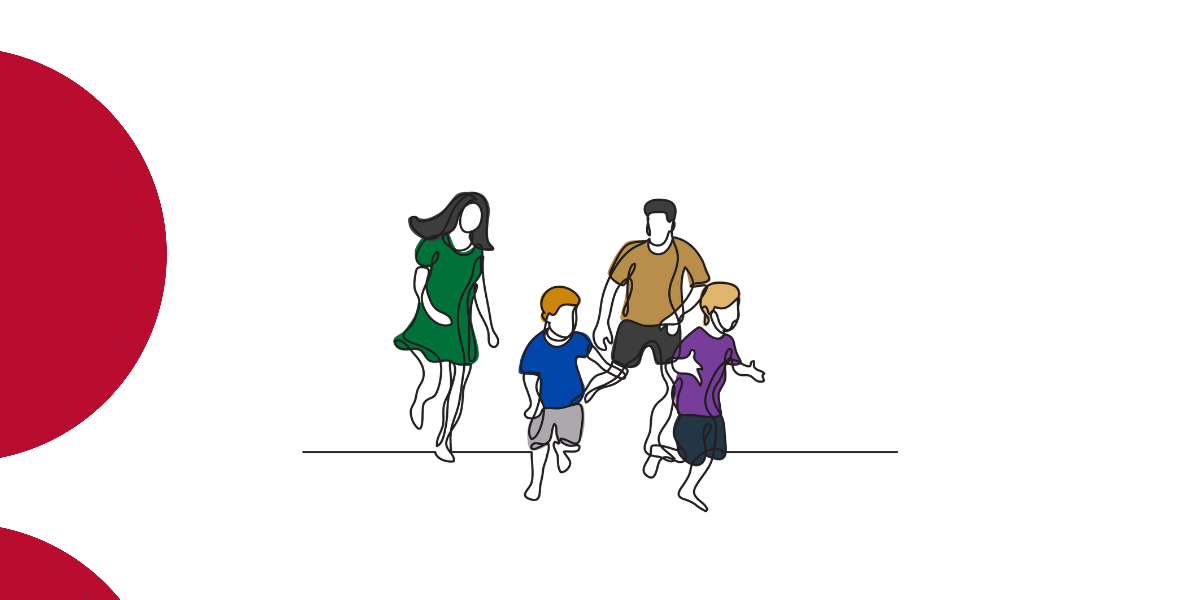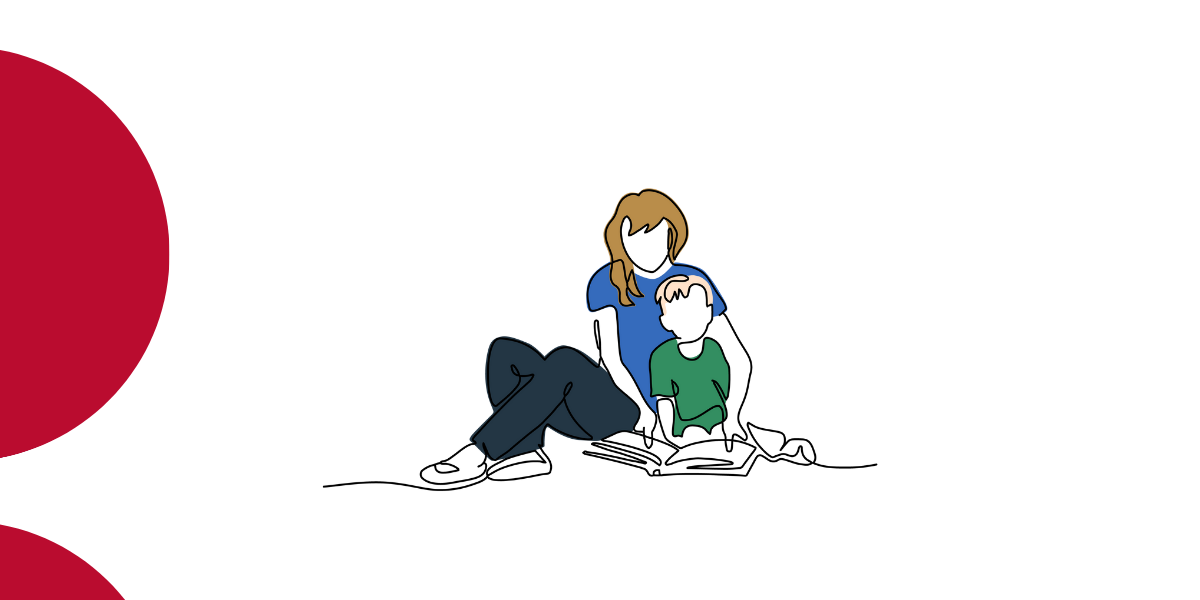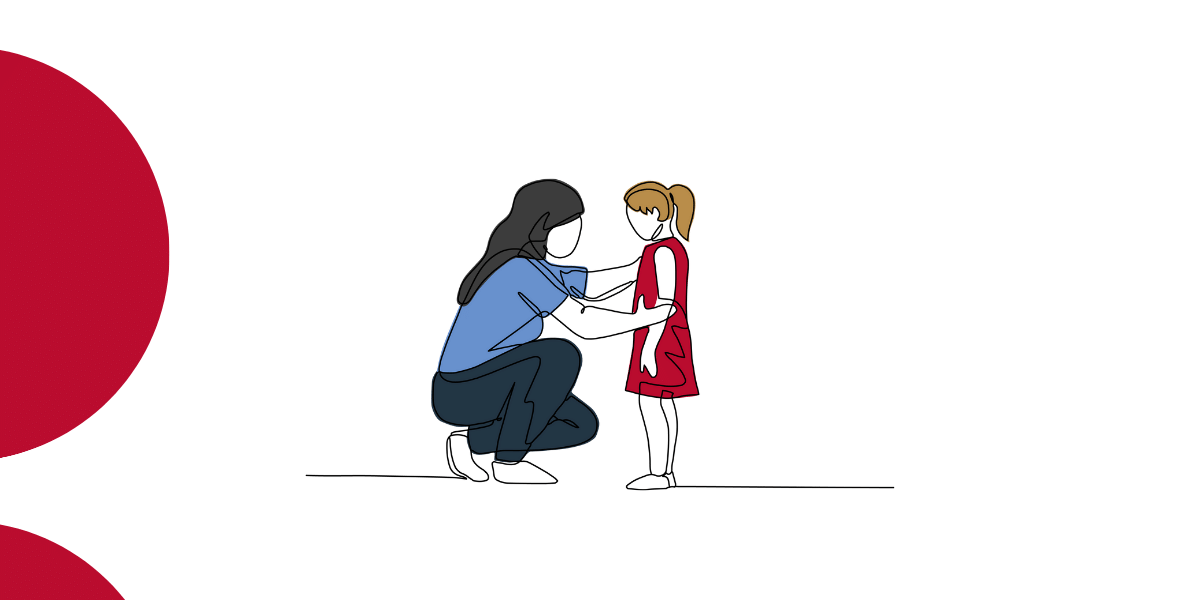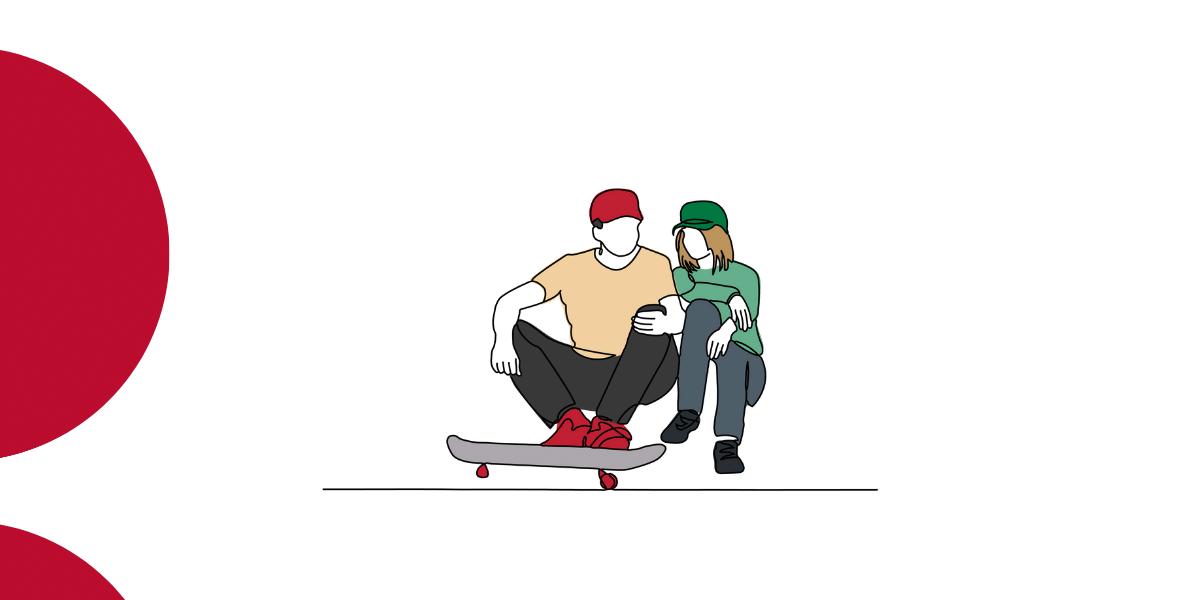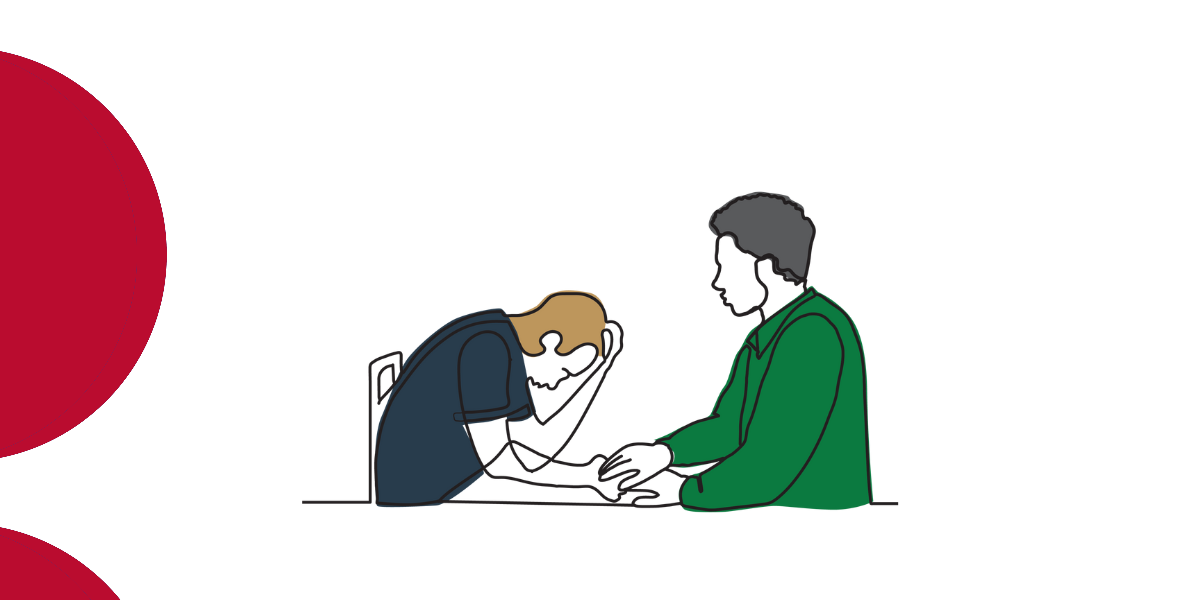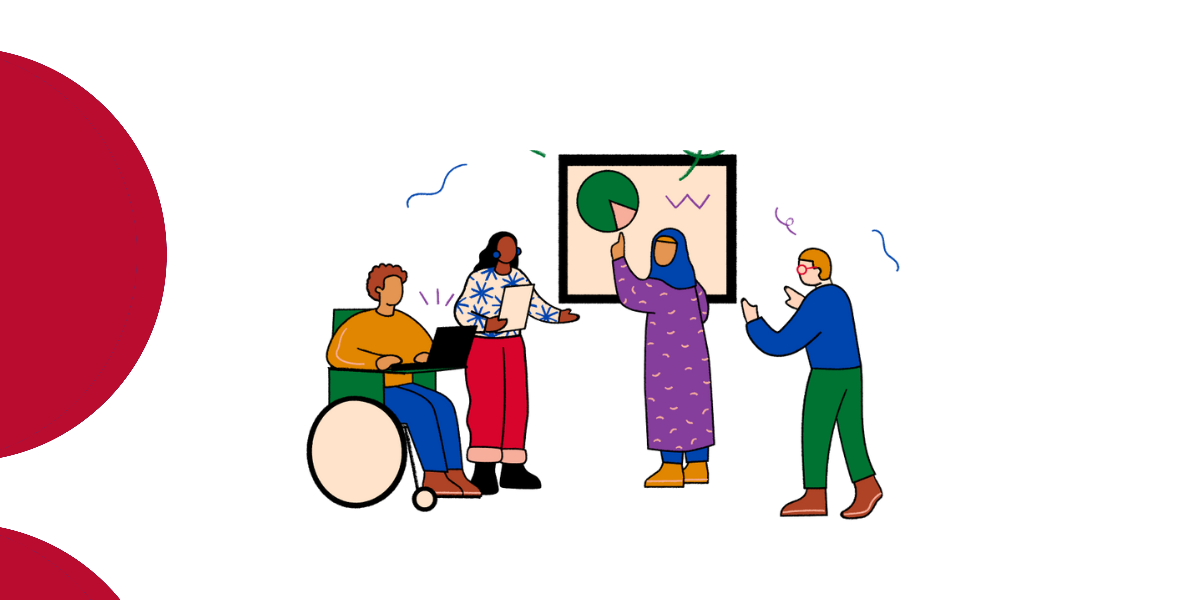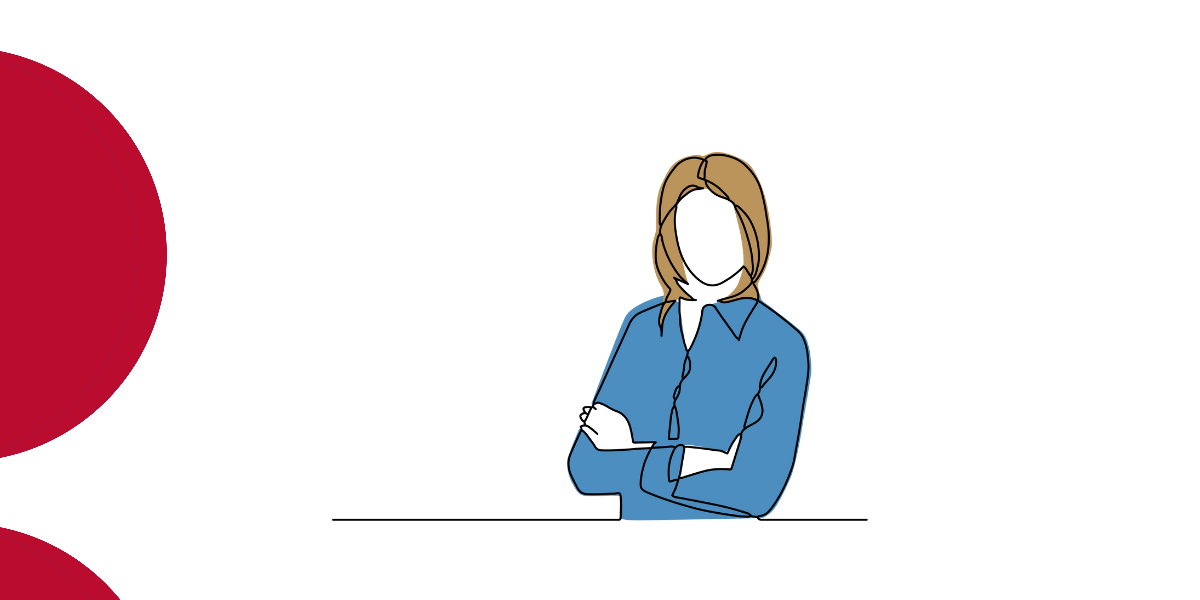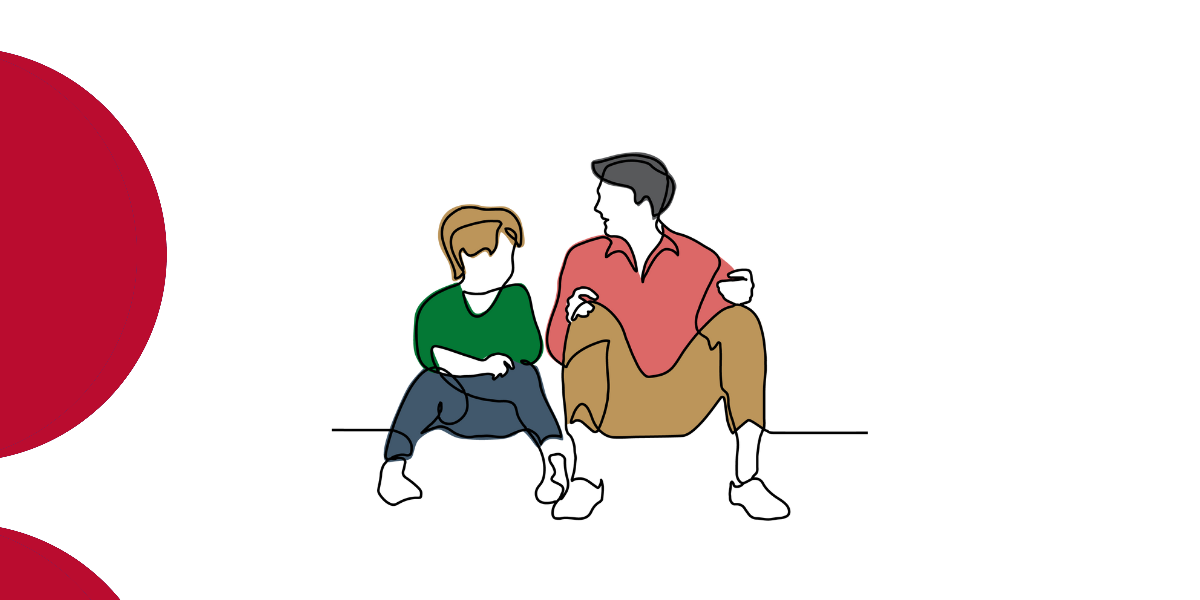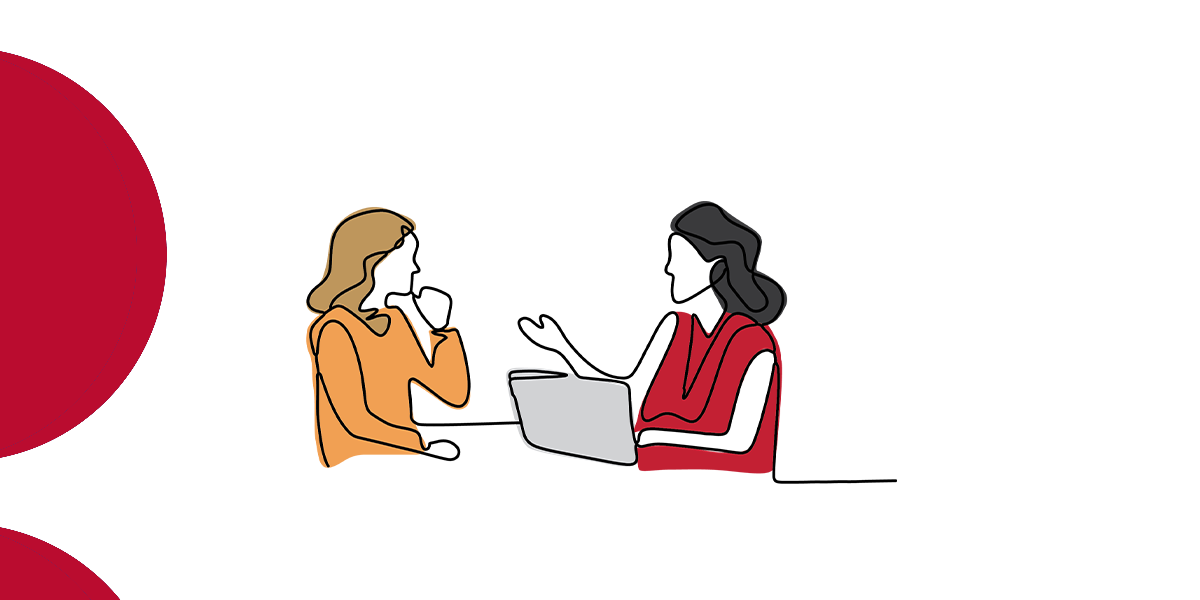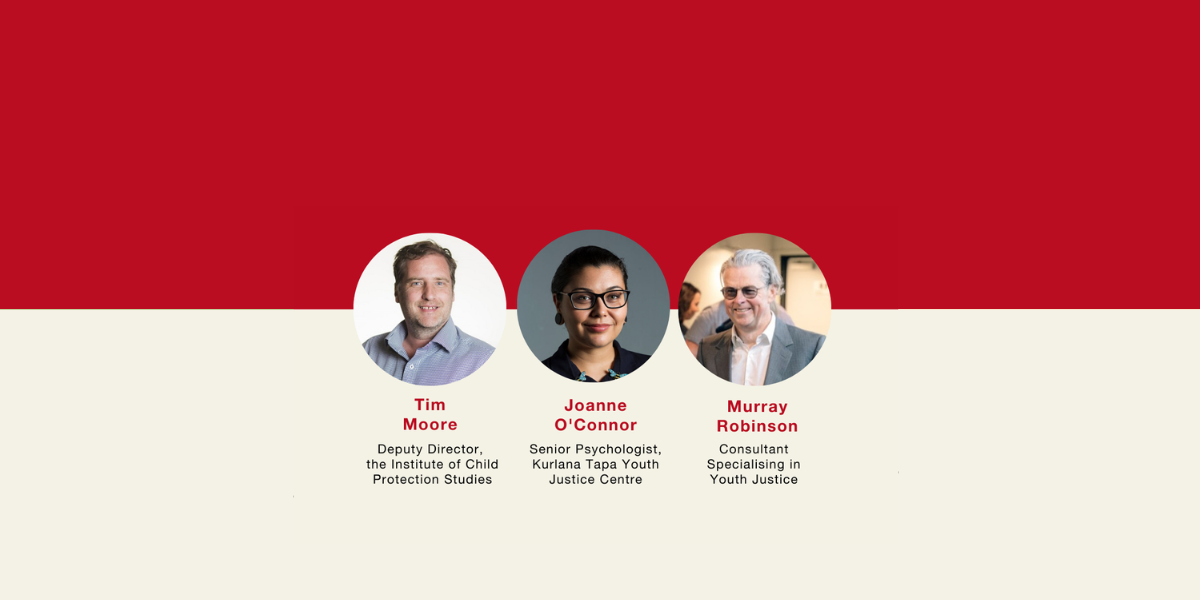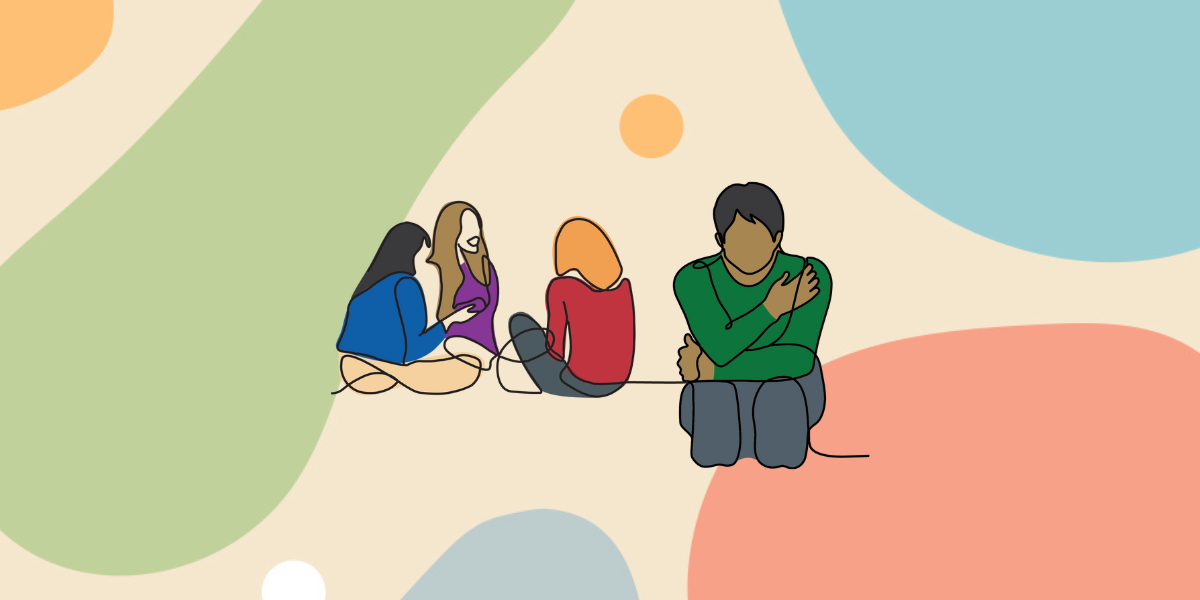What works? Promising practices to support young people who self-harm
Dec 2020
Written by Kelly Royds
Why do young people in out of home care self-harm? What are the best predictors of suicide and self-harm? What really works when supporting young people who self-harm in out-of-home care?
Our latest research brief looks at what the research has to say on these three questions. In this blog, I highlight a few promising practices that emerged from the literature.
Focus on the pain and distress, not the self-harming behaviours
Although there are many ways to understand self-harm and suicidality amongst young people in out of home care, focusing on the pain and the distress rather than self-harming behaviours should be the primary consideration (Furnivall, 2013). The research shows this can help to:
- Enhance carers understanding of young peoples’ individual needs and emotional regulation
- Create an environment in which emotional distress can be openly discussed (Kim et al 2019: Johnson et al 2017; Wadman et al., 2018).
- Provide more information about self-harm and suicide to both young people and workers (Johnson et al 2017)
Offer consistent, genuine and attuned relationship
Consistent and attuned relationships with carers act as a protective factor against self-harming behaviours (Furnival 2013), and are a precursor to addressing self-harm with young people (Wadman et al 2018).
In Johnson et al. (2017) interviews with young people in residential care, young people conveyed that a caring attitude by staff was crucial to their ability discuss their self-harming whereas judgemental attitudes drove their self-harming underground (Cameron, McPherson, Gatwiri, Macnamara & Parmenter 2020, p.12)
Bolster emotional intelligence & strategies for emotional regulation
Two studies discussed in the research brief point to the success of interventions aimed at increasing young peoples’ capacity to understand emotions, reflect on behaviour, and apply strategies for emotional regulation.
- Bonet et al (2020) research found that a four-component program focused on emotional perception, use of emotion to facilitate thinking, emotional understanding, and emotional regulation, significantly decreased suicide risk, levels of hopelessness and inability to control emotions.
- Sng (2009) reported positive results on a case-study with an 11-year old girl in residential care in Australia where staff viewed their role through an attachment lens, and increased their engagement with her undertaking more positive activities and explaining to her the link between her behaviour and attachment fears.
Participation, and a voice in service design & safety plans
Young people in out of home care must be involved in the design of services aimed at reducing their self-harm, including safety plans (Wadman et al 2018, Cameron, McPherson, Gatwiri, Macnamara & Parmenter 2020, p.12). In Wadman et al 2018 research, young people named a number of practices that helped them reduce the urge to self-harm including:
- Art
- Listening to music
- Going for a walk
A recovery focus & safety plan
A recovery focus in the therapeutic care of young people that self-harm prioritises the sharing of responsibility and decision-making amongst stakeholders (including young people, and where appropriate families).
“An important component of a recovery focus is the development of a Safety Plan. Safety Plans, as commonly discussed in the literature, are a relatively new but promising strategy for preventing suicide amongst those at risk.” (Cameron, McPherson, Gatwiri, Macnamara & Parmenter 2020, p.14)
Cameron, McPherson, Gatwiri, Macnamara & Parmenter (2020) describe two types of safety plans, including personal and organisational. They suggest both plans should take into account the views of all parties, and particularly the young person, with respect to interventions that are most appropriate and/or likely to be successful. Plans should also reflect a good understanding of the young person’s strengths and their goals for recovery and/or their broader ambitions.
To learn more about any of these interventions read more in our latest Research Brief: Preventing self-harm among young people in out-of-home care.
References
Cameron, N., McPherson, L., Gatwiri, K., Macnamara, N. and Parmenter, N. (2020). Research Brief: Preventing self-harm among young people in out-of-home care. Centre for Excellence in Therapeutic Care: Sydney, NSW.














